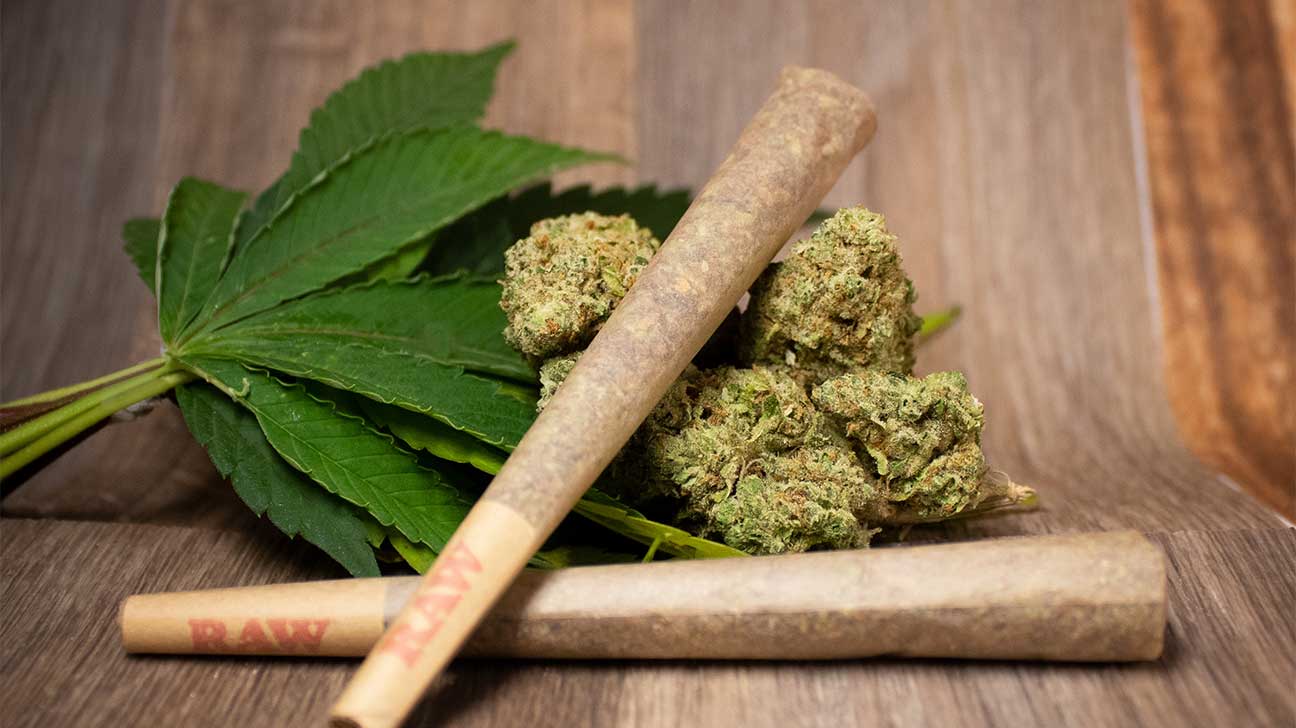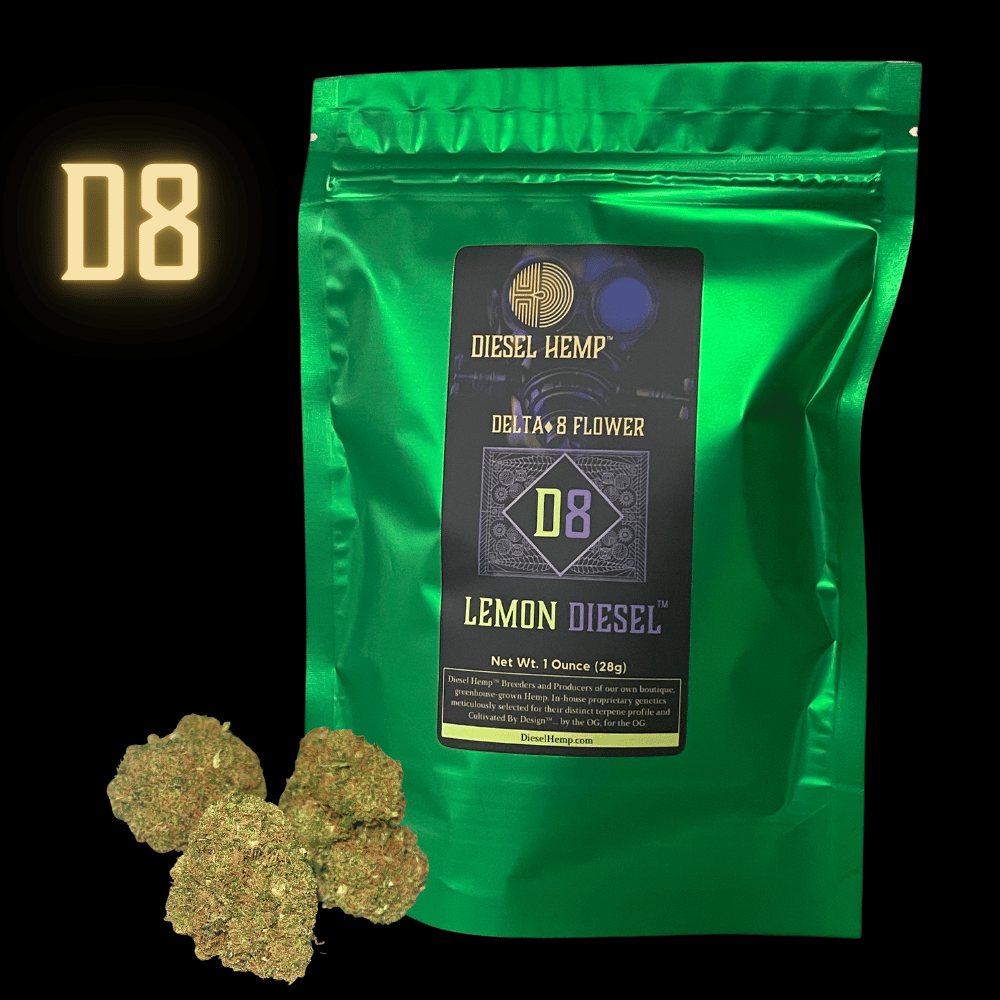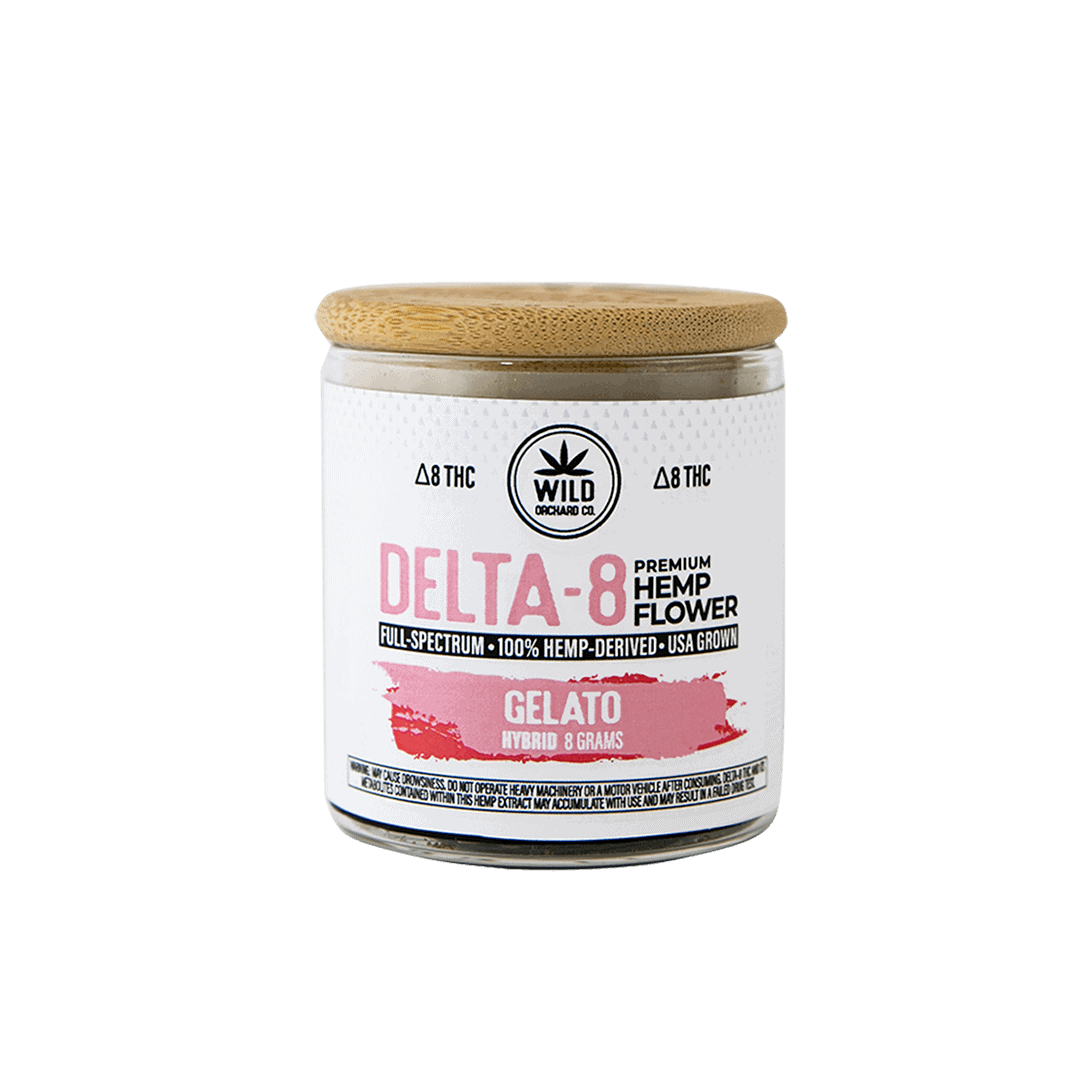How Is Delta 8 Flower Made

The rise of Delta 8 THC products has sparked both curiosity and controversy. While often marketed as a legal alternative to traditional marijuana, the process behind creating Delta 8 flower is far from straightforward and raises significant questions about safety and regulation. This article delves into the intricacies of Delta 8 flower production, exploring the methods employed, the potential risks involved, and the ongoing debate surrounding its legality and safety.
At its core, Delta 8 flower isn't naturally occurring in significant quantities. Instead, it's typically created by converting CBD (cannabidiol) derived from hemp into Delta 8 THC through a chemical process. This process, often performed on hemp flower to resemble traditional cannabis buds, raises concerns about residual solvents, unregulated manufacturing practices, and the potential for inaccurate labeling. This article aims to dissect this complex process, providing readers with a clear understanding of what Delta 8 flower truly is and what they should consider before consuming it.
Understanding the Basics: Delta 8 THC
Delta 8 THC is a psychoactive cannabinoid, similar in structure to Delta 9 THC, the primary psychoactive component in cannabis. However, Delta 8 is generally considered less potent than Delta 9, offering a milder "high" to users. The difference lies in the location of a double bond on the carbon chain – the eighth carbon in Delta 8 versus the ninth in Delta 9. This seemingly small change affects how the cannabinoid interacts with the body's endocannabinoid system.
Naturally occurring Delta 8 is found in very small amounts in the cannabis plant. This scarcity makes direct extraction from cannabis or hemp impractical for large-scale production. Therefore, a conversion process is necessary to create the quantities needed to meet market demand.
The Conversion Process: From CBD to Delta 8
The most common method for creating Delta 8 flower involves converting CBD extracted from hemp. This conversion is a chemical process that typically utilizes solvents and acids to alter the molecular structure of CBD.
Here's a breakdown of the typical steps involved:
- CBD Extraction: Hemp biomass is processed to extract CBD. This can be done using various methods, including CO2 extraction, ethanol extraction, or hydrocarbon extraction.
- Isomerization: The extracted CBD is then dissolved in a solvent, such as heptane or toluene. An acid, such as hydrochloric acid or p-toluenesulfonic acid, is added to catalyze the conversion process.
- Reaction: The mixture is heated and stirred for a specified period, allowing the acid to facilitate the isomerization of CBD into Delta 8 THC. This process also produces other cannabinoids, including Delta 9 THC.
- Neutralization and Washing: After the reaction is complete, the acid is neutralized, and the solution is washed to remove residual solvents and reagents.
- Distillation: The resulting oil, containing a mixture of cannabinoids, is then distilled to isolate and purify the Delta 8 THC.
- Application to Hemp Flower: Finally, the purified Delta 8 distillate is sprayed onto hemp flower. This process mimics the appearance of naturally grown cannabis buds containing Delta 8 THC.
Concerns Regarding the Conversion Process
Several concerns surround the conversion process of CBD to Delta 8.
One primary concern is the use of potentially harmful solvents and acids. If not properly removed during the purification process, these chemicals can remain in the final product, posing health risks to consumers. The lack of standardized regulations and testing exacerbates this issue, as there's no guarantee that all manufacturers are adhering to safe practices.
Furthermore, the conversion process often results in a mixture of cannabinoids, including Delta 9 THC, the levels of which may exceed the legal limit of 0.3% for hemp-derived products. This can lead to legal repercussions for both manufacturers and consumers.
Dr. Jane Doe, a cannabis chemist, emphasizes the importance of thorough testing. "Without rigorous testing for residual solvents, heavy metals, and accurate cannabinoid profiles, consumers are essentially playing Russian roulette," she warns. The variability in manufacturing processes and the lack of stringent oversight create a significant risk for consumers.
The Legality Landscape
The legal status of Delta 8 THC is complex and varies depending on state and federal laws. The 2018 Farm Bill legalized hemp, defined as cannabis containing less than 0.3% Delta 9 THC.
Some argue that Delta 8 derived from hemp is therefore legal under federal law. However, the DEA (Drug Enforcement Administration) has issued interim rules suggesting that synthetically derived tetrahydrocannabinols, including Delta 8 produced through chemical conversion, are still considered controlled substances. This interpretation is contested, and the legal landscape remains uncertain.
Many states have taken their own stances on Delta 8, with some explicitly banning its sale and possession. This patchwork of regulations creates confusion for consumers and businesses alike.
Consumer Safety and Concerns
Consumer safety is a paramount concern when it comes to Delta 8 flower. The lack of regulation and standardized testing means that consumers may be exposed to products with inaccurate labeling, high levels of Delta 9 THC, and harmful contaminants.
Reports of adverse effects from Delta 8 consumption, including anxiety, paranoia, confusion, and even hospitalization, are increasing. These adverse effects may be linked to the unknown composition and potency of unregulated Delta 8 products.
The FDA (Food and Drug Administration) has issued warnings about the potential health risks associated with Delta 8 products and has emphasized the need for further research and regulation.
Looking Ahead: The Future of Delta 8 Flower
The future of Delta 8 flower remains uncertain. As awareness of the potential risks grows, calls for stricter regulation and standardized testing are likely to intensify.
Increased regulatory scrutiny could lead to stricter manufacturing standards, mandatory testing requirements, and clearer labeling guidelines. This would help to ensure consumer safety and create a more transparent and accountable market.
Ultimately, the long-term viability of Delta 8 flower will depend on its ability to demonstrate its safety and efficacy while adhering to evolving legal and regulatory frameworks. Consumers are urged to exercise caution and conduct thorough research before using Delta 8 products. Understanding the process behind its creation and the potential risks involved is crucial for making informed decisions.


















